Содержание
- 2. By the end of this lecture you will: Learn what to assess in writing Be aware
- 3. What to assess in writing?
- 4. What is writing? Learned Productive Visual Social act Grabe & Kaplan, 1996; Johns, 1997
- 6. Micro-Skills Produce English graphemes Employ correct spelling Produce an acceptable core of words and appropriate word
- 7. Macro-skills Use of rhetorical forms and conventions of written discourse Accomplish the communicative function according to
- 8. Indirect Also referred to as ‘recognition measure’ Assess S’s knowledge of writing subskills, such as grammar,
- 9. Examples of Indirect Assessment
- 12. Teaching writing to EFL learners Writing skills: “the creation of original text for a specific purpose
- 13. Types of texts we might want to elicit
- 14. How to elicit writing?
- 15. Considerations in designing writing assessment tasks Clear instructions (rubric) Rhetorical pattern Length of writing Timing Available
- 16. A writing prompts should… generate the desired type of writing involves Sts in thinking and problem-solving
- 17. Many say that “money is the root of all evil.” Do you agree or disagree with
- 18. Topic restriction Do we give Sts a choice of tasks? What are some benefits and drawbacks
- 19. A TV company owned by a multi-millionaire celebrity is deliberating whether to make a film about
- 20. You must answer this question. Write your answer in 120–150 words in an appropriate style in
- 22. Expected response A description of what the teacher intends students to do with the writing task
- 23. How to evaluate writing?
- 24. Marking Procedures for Traditional Assessment Benchmarking: selection of papers from previous years or completed exam papers
- 25. Options for marking writing Two main options Holistic (“impressionistic”) scoring Using a banding scale, 1 mark
- 26. https://jalt.org/pansig/2004/HTML/Nakamura.htm
- 27. Advantages of Holistic Marking Quick and reliable if done under no time constraints Liked by administrators
- 28. Disadvantages of Holistic Marking Does not provide a “profile” of Ss ability (Hamp-Lyons 1990) Longer essays
- 29. https://jalt.org/pansig/2004/HTML/Nakamura.htm
- 30. Advantages of Analytical Marking Provides profile of Ss strengths and weaknesses Reliable with inexperienced Ts, time
- 31. Disadvantages of Analytical Marking Difficult to develop assessment criteria Perceived by Ts to be more time
- 32. Marking Procedures for Traditional Assessment Classroom teacher as rater: Should classroom teachers mark their own students’
- 33. Responding to Student Writing Do you correct mistakes or use correction codes? How do you provide
- 34. Correction codes
- 36. Скачать презентацию

















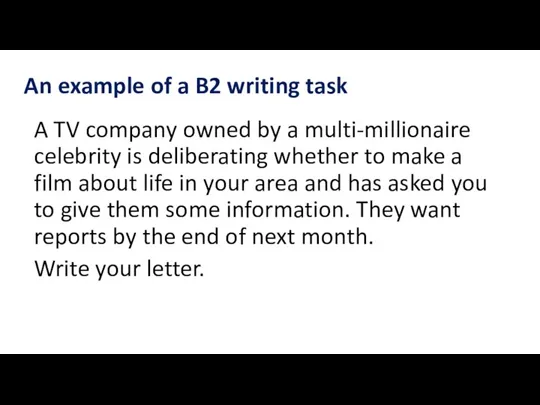

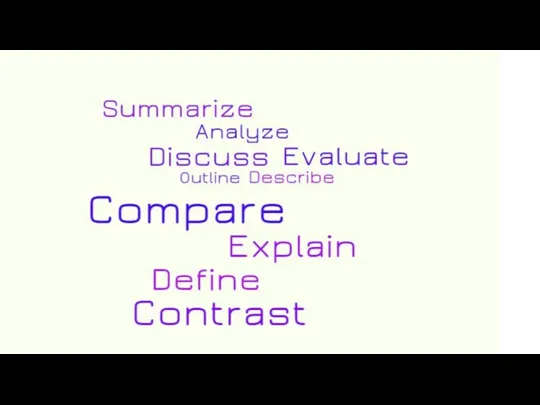
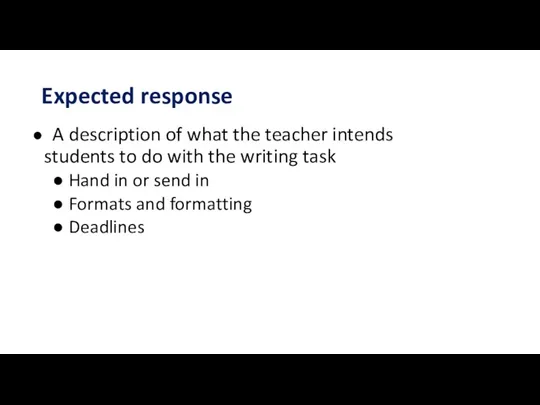

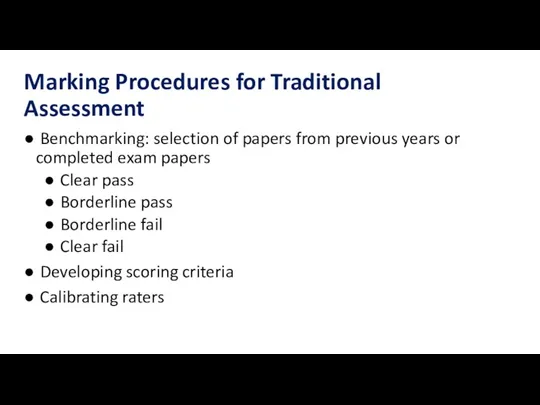
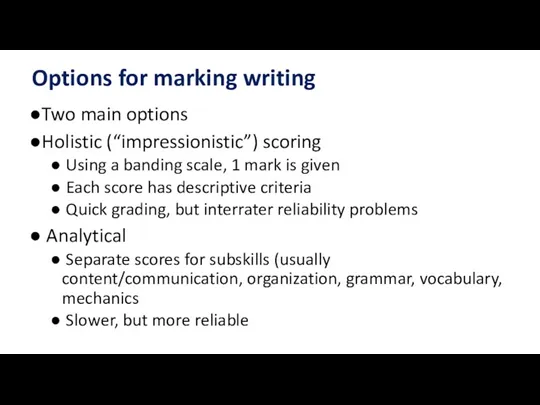
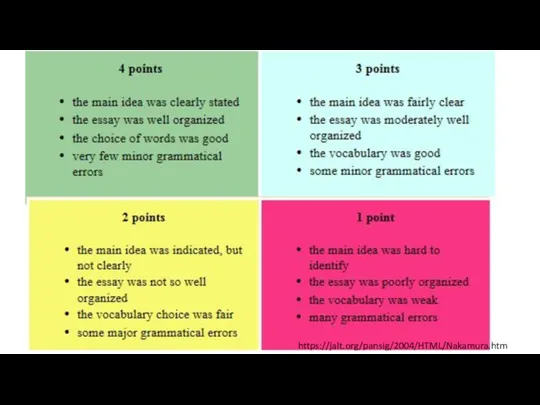
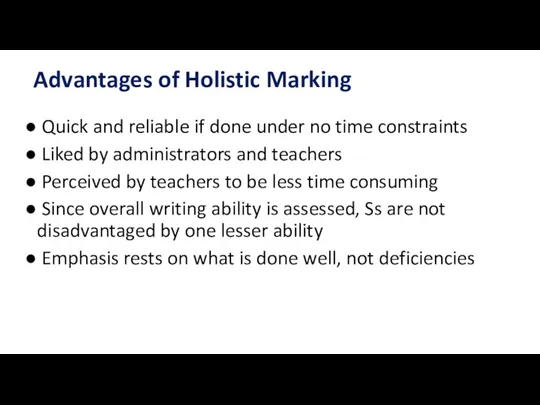

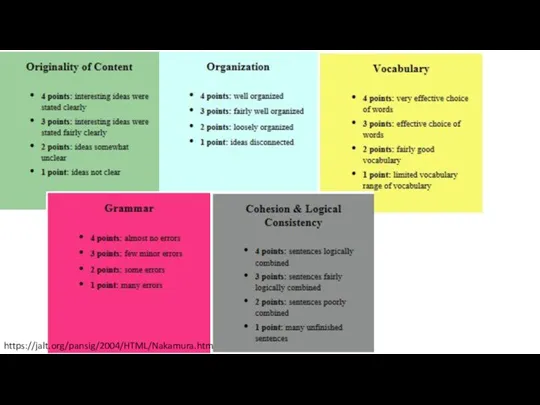
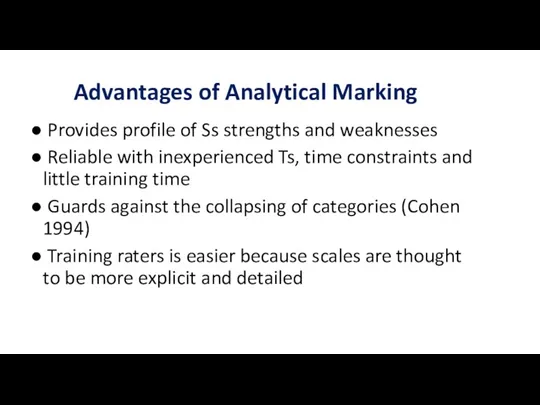
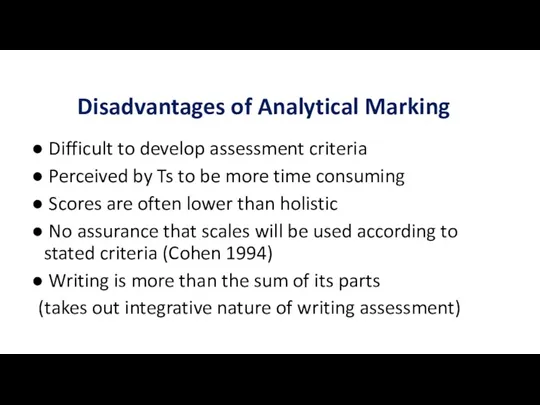
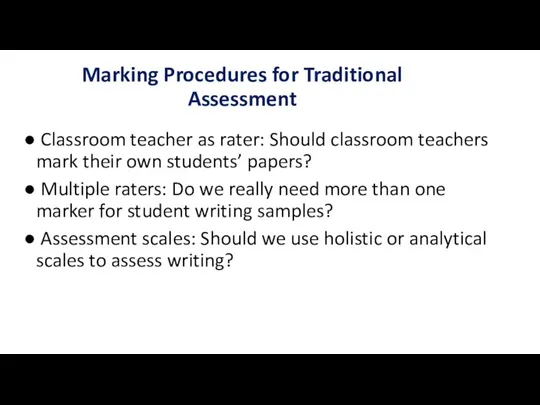
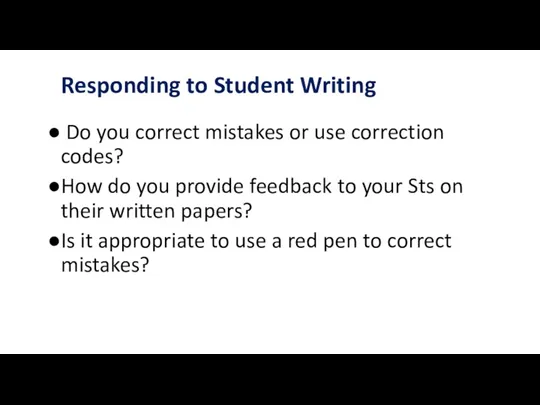
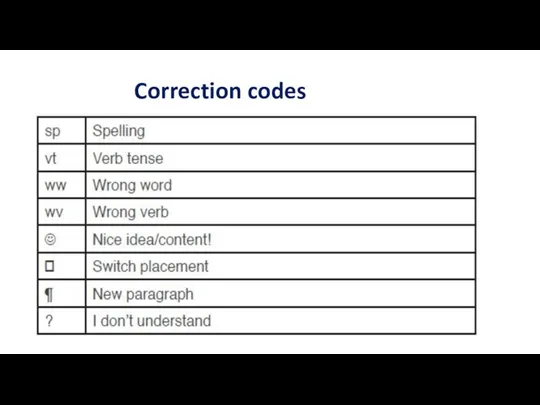
 Правильные слова. 2 класс
Правильные слова. 2 класс Stylistic differentiation of the English vocabulary
Stylistic differentiation of the English vocabulary Traits of character
Traits of character Rural tourism in France
Rural tourism in France “Let’s talk about food” English 7
“Let’s talk about food” English 7 Travelling
Travelling Religion Christianity. Pilgrimage
Religion Christianity. Pilgrimage Характерные признаки поэтического перевода на материале русской и английской поэзии
Характерные признаки поэтического перевода на материале русской и английской поэзии Interesting traditions of China
Interesting traditions of China Choose much or many
Choose much or many A doctor is my future profession
A doctor is my future profession ВПР 7 класс
ВПР 7 класс nteresting facts about the Royal family and Elizabeth II
nteresting facts about the Royal family and Elizabeth II Conditional clauses. Type 3. Game
Conditional clauses. Type 3. Game Merry Christmas!
Merry Christmas! Применение ИКТ на уроках английского языка
Применение ИКТ на уроках английского языка Условные предложения в английском языке. Conditionals
Условные предложения в английском языке. Conditionals My toys
My toys Imagine Dragons
Imagine Dragons The weather. Погода
The weather. Погода My future profession: programmer
My future profession: programmer AS1. Reading. Time 3
AS1. Reading. Time 3 Magnolia. About our company
Magnolia. About our company Урок-соревнование Seasons
Урок-соревнование Seasons Ukrainian national dish. Vareniks
Ukrainian national dish. Vareniks Местоимения (Pronouns)
Местоимения (Pronouns) Thanksgiving day
Thanksgiving day Sup! How are you doing?
Sup! How are you doing?